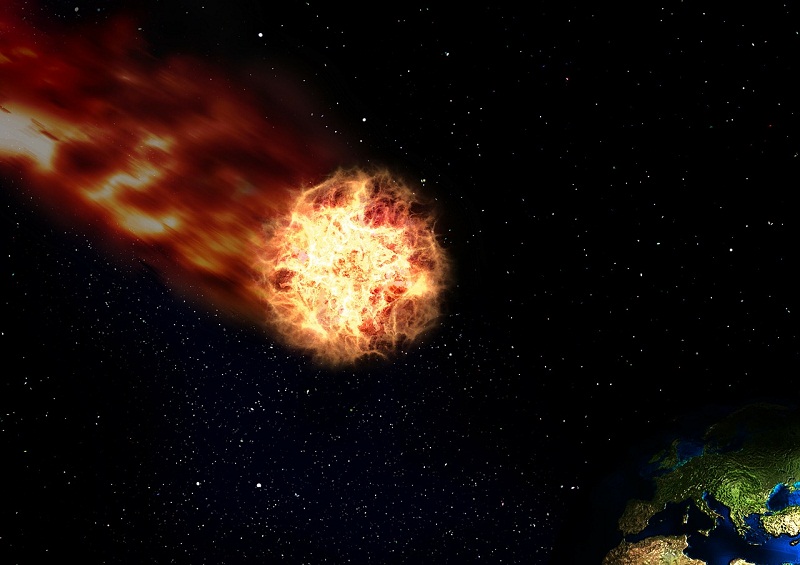
Story Highlights
- Historical event:
- 1 July 1770
- The comet popularly known as “Lexell's Comet” (official designation D / 1770 L1) approached to a distance of only 0.015 astronomical units from Earth in 1770. Apparently, the comet nucleus seemed as big as Jupiter at the time when it was closest to Earth. It was never seen again.
On this day in 1770, a comet passed closer to Earth than any other comet in recorded history. Namely, the comet popularly known as Lexell’s Comet (official designation D/1770 L1) approached to a distance of only 0.015 astronomical units from Earth.
This comet was discovered by the famous French astronomer Charles Messier and was named after another astronomer who calculated its orbit – Anders Johan Lexell.
Apparently, the comet nucleus seemed as big as Jupiter at the time when it was closest to Earth. In 1770, it was observed in Europe and in Japan, and its tail seemed long as approximately four Moon diameters.
It is interesting that “Lexell’s Comet” was never seen again since the year. Therefore, it is considered a lost comet.
The already-mentioned astronomer Lexell tried to explain its disappearance with the theory that the comet’s orbit was drastically altered under the influence of Jupiter, distancing it away from the Earth, or perhaps even completely ejecting it from the Solar System.




